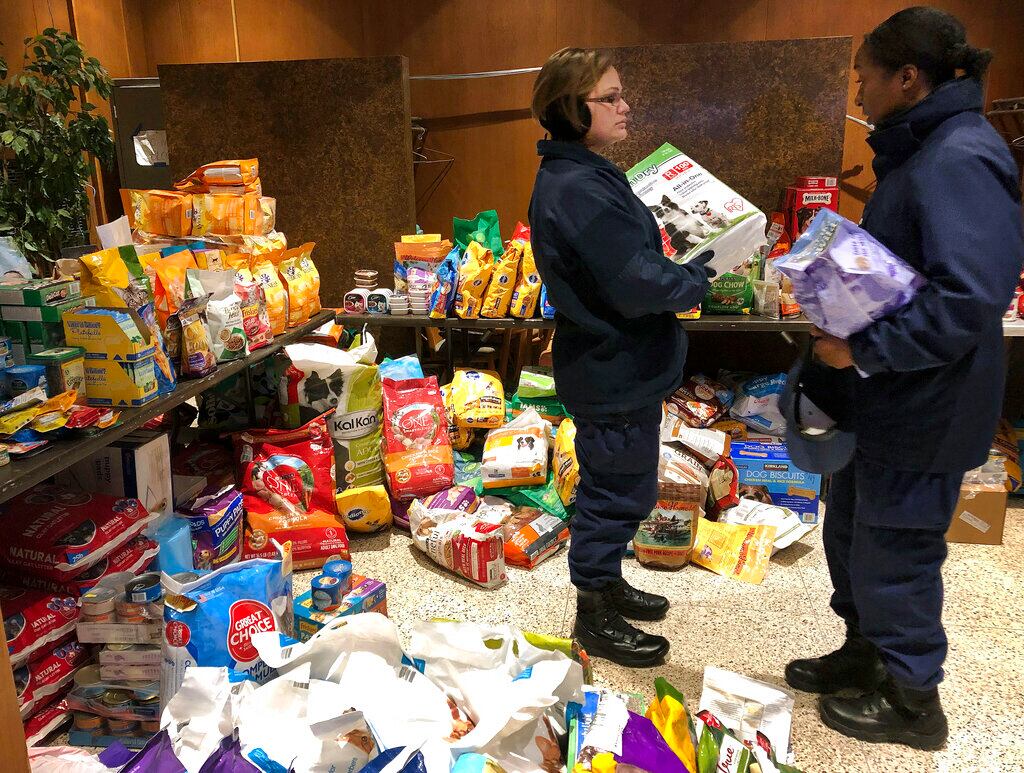The general who helms U.S. Central Command said that any withdrawal from Syria will “ultimately be a political decision,” while still warning about 10,000 ISIS detainees at prison camps in the region, about 2,000 of whom he characterized as “hardcore foreign fighters" during a Middle East Institute event on Wednesday.
Marine Gen. Kenneth F. McKenzie said U.S. troops are still there to fight ISIS through Syrian Democratic Forces partners. U.S. forces in Syria work with local partners in a region east of the Euphrates River dubbed the Eastern Syria Security Area. There is also a pocket of U.S. troops further south at a garrison called At-Tanf.
“Additionally, we’re there to assist the SDF in the maintenance of the oil facilities for their use to help them generate income, which could be used for a variety of things, some of which would be to continue operations against ISIS,” McKenzie added. “Over time, [Syrian President] Bashar al-Assad is probably going to turn to the east and increase pressure on us, and we’ll deal with that as it happens."
President Donald Trump has shown his eagerness to leave Syria through previous attempts to withdraw forces from there in December 2018 and again in October 2019, neither of which fully came to fruition.
“I don’t know how long we’re going to remain in eastern Syria," said McKenzie on Wednesday. "At some point, we’re going to come out, and that’s a political decision and we’ll be ready to execute those orders when that time comes.”
RELATED
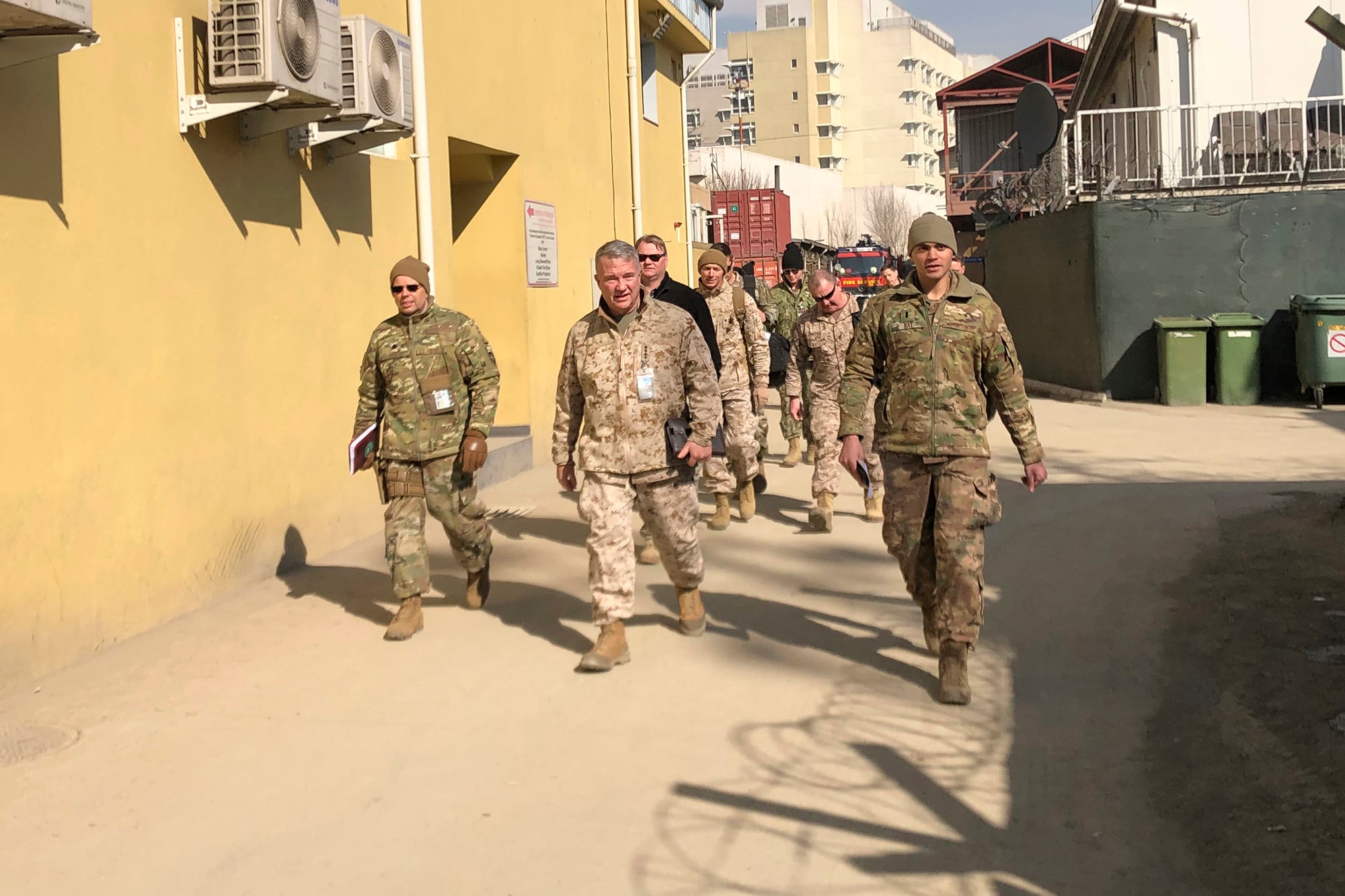
On Afghanistan, McKenzie said that the U.S. military is ahead of a timetable to bring the total number of troops in country down to about 8,600, as negotiated this winter with the Taliban. But as of right now, McKenzie doesn’t see the second part of the drawdown completing on schedule.
“We also agreed that in May of 2021, if conditions will allow, we’re prepared to go to zero,” he said, noting that those conditions boil down to whether U.S. officials can be assured that attacks against the United States will not be generated there.
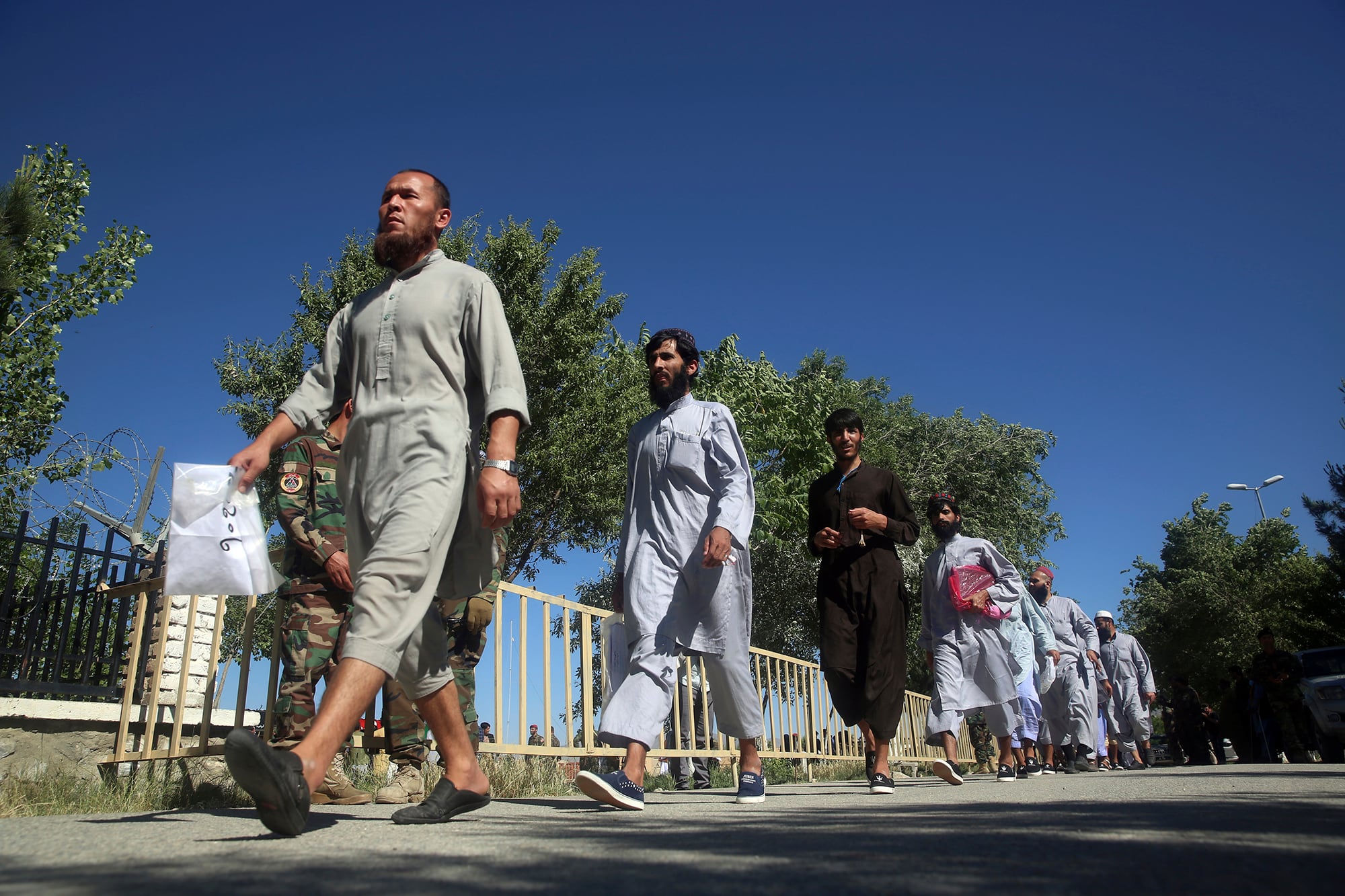
“Frankly, if you were to ask me my opinion, those conditions have not been fully met. So we’ll continue to work that,” McKenzie added. “The threat to the United States is not the Taliban — it’s never been the Taliban — it’s the entities they allow to live in Afghanistan that threaten us, and really we’re talking about ISIS and Al Qaeda.”
The Taliban have battled ISIS’ regional affiliate in places like Nangarhar province for years now. McKenzie felt assured that the Taliban are no friend of ISIS.
“It is less clear to me that they will take the same action against Al Qaeda and only time will tell,” he said. “We will know by observation, not things they say, but things they do and those are thing I believe that should actually inform our actions going forward.”
RELATED
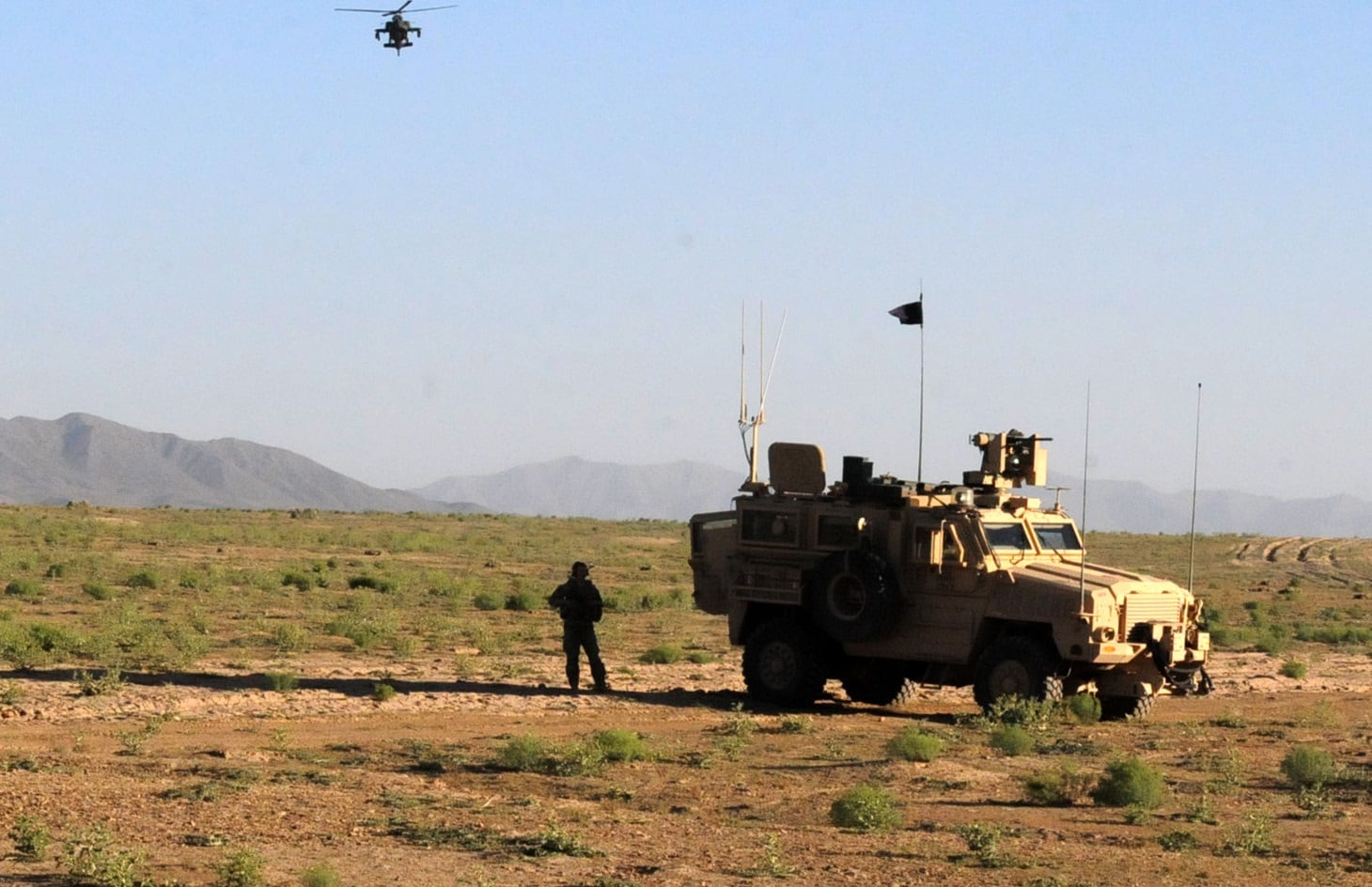
Al Qaeda’s home base lies in eastern Afghanistan, along the shared border with Pakistan. But their presence there is very small, the CENTCOM commander said. Still, the group’s global leader, Ayman al-Zawahiri, is believed to operate there.
“He doesn’t have the ability to talk much, but we think he’s probably physically up in that area somewhere," said McKenzie. “We think there’s also a small ISIS presence there.”
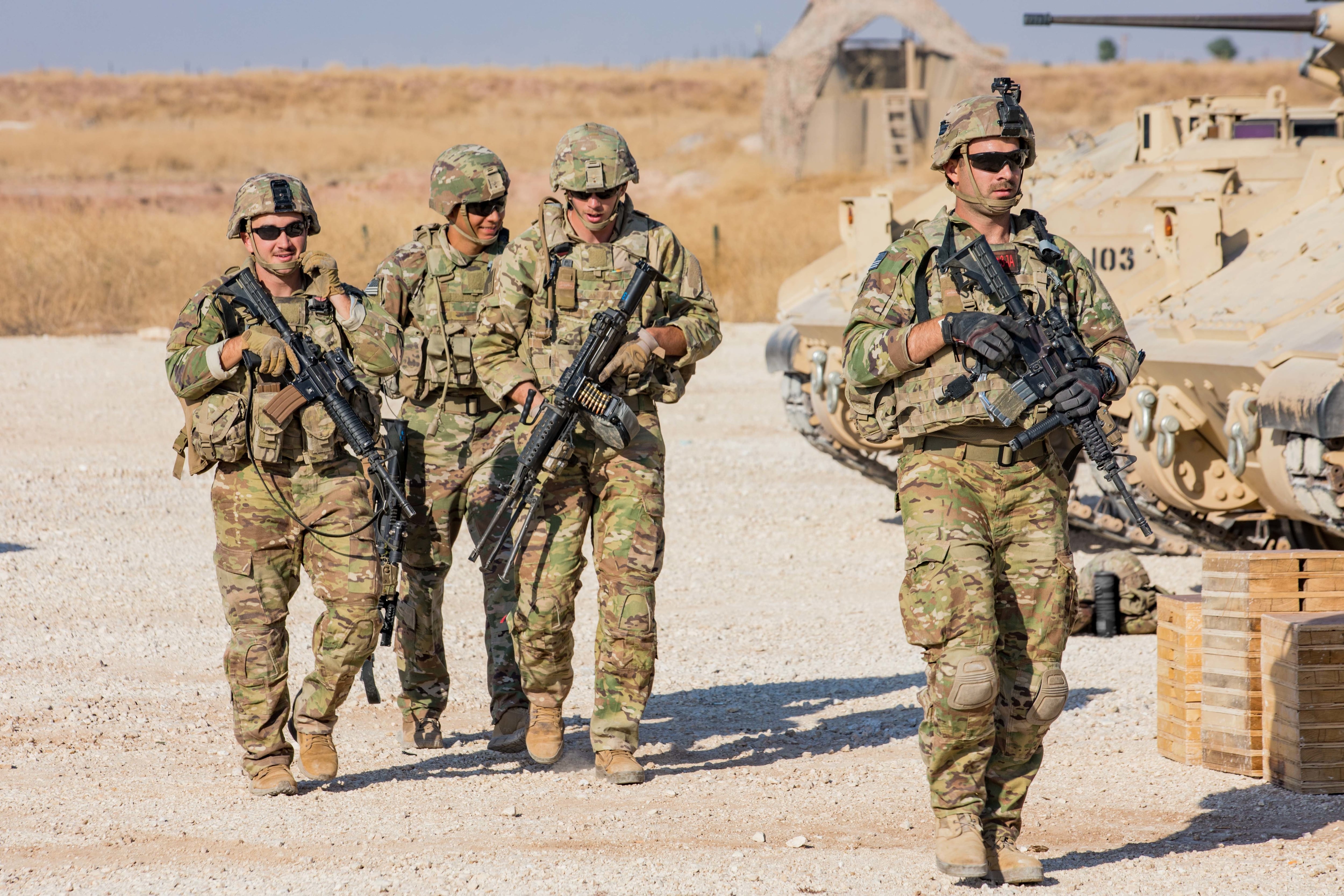
And while the Taliban have “done a great deal of work to compress ISIS over the last year," the CENTCOM commander said “it remains to be seen if they actually would have the ability to bring ISIS all the way down."
Taliban fighters have also continued to attack Afghan security forces since the signing of the February agreement with U.S. diplomats.
However, they’ve “been scrupulous about not attacking" U.S. troops and coalition allies, said McKenzie. Even where Taliban do attack Afghan troops, it’s “typically not in cities," he added.
What attacks have taken place in cities, McKenzie blamed on ISIS instead. But while the rural attacks against Afghan troops went down during the Taliban ceasefire during the Muslim festival of Eid al-Fitr, combat is starting to “ramp back up," said McKenzie.
Last week, U.S. Forces-Afghanistan conducted two airstrikes in 24 hours against the Taliban to disrupt coordinated attacks on ANDSF checkpoint, a spokesman said in a tweet.They were the first airstrikes since the start of the Eid ceasefire, tweeted Army Col. Sonny Leggett, a USFOR-A spokesman.
“I think the Taliban needs to demonstrate they’re going to be faithful partners too,” said McKenzie. “We don’t have to like the Taliban, we have to believe the Taliban, what we need to do is watch the Taliban and see what they do. ... We’ll know more in the days ahead.”
Kyle Rempfer was an editor and reporter who has covered combat operations, criminal cases, foreign military assistance and training accidents. Before entering journalism, Kyle served in U.S. Air Force Special Tactics and deployed in 2014 to Paktika Province, Afghanistan, and Baghdad, Iraq.





